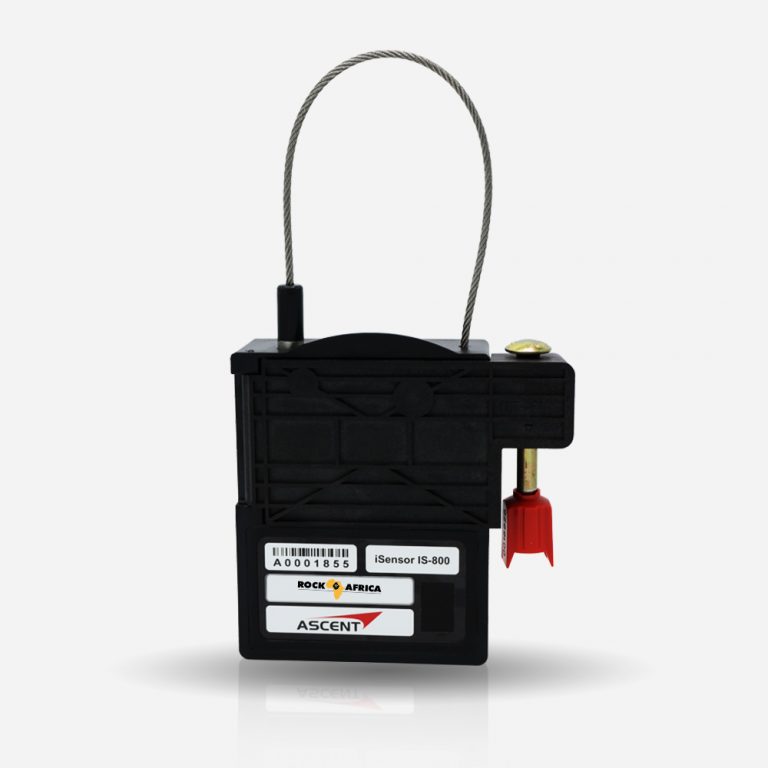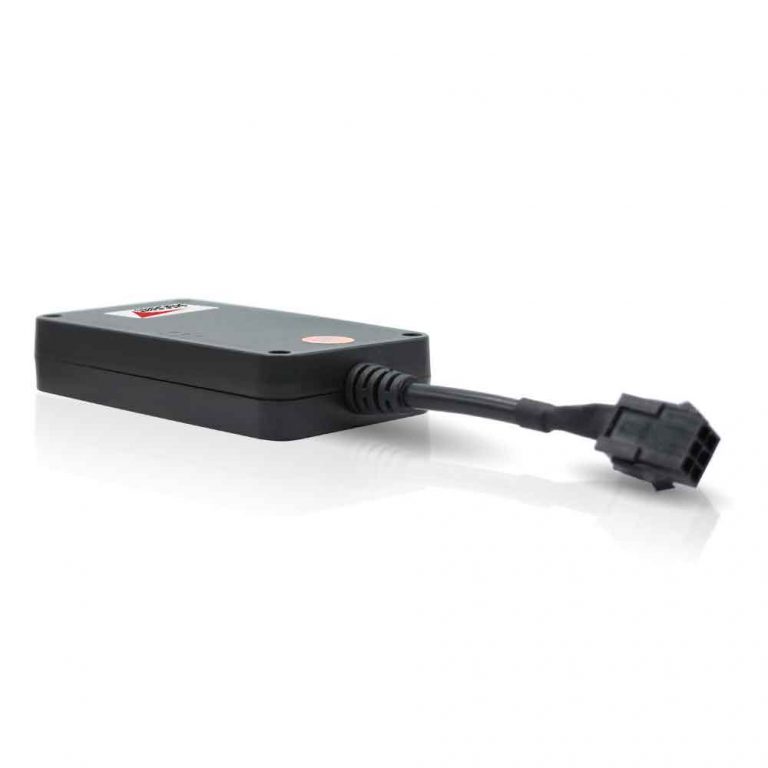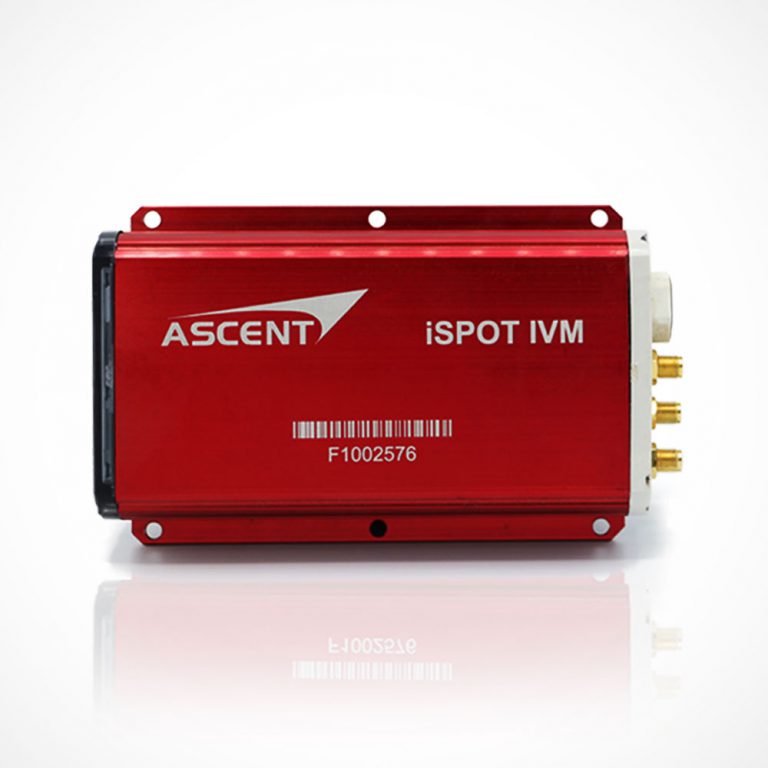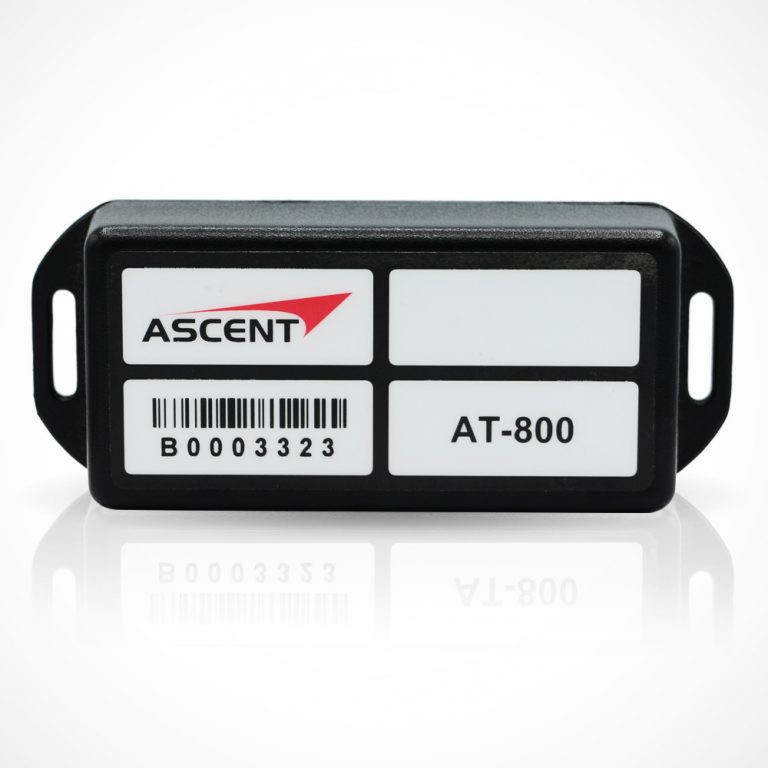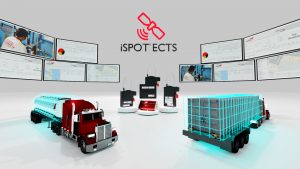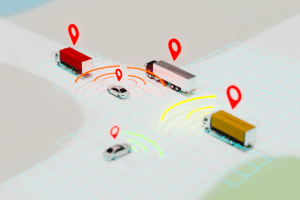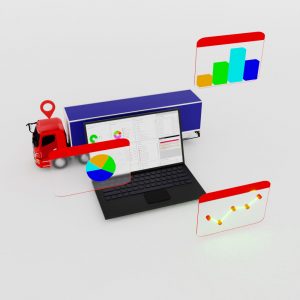Beyond gaining visibility of the conditions of your business’s assets with the IoT platform as discussed in the previous post, it is extremely crucial to interpret valuable data that a Beyond Fleet Management system can provide so that businesses can optimise their business potential by identifying pain points, reduce inefficiency and maximise profits all at once.
Being in a fast-changing and ever-evolving business world, Transport Management Systems (TMS) have become a growing necessity for many businesses. With TMS, businesses can leverage on real time data and analytics to expedite their decision making process. Hence, it helps businesses to stay efficient, competitive and strategic in times of volatility.
Traditionally, the Transport Management Systems’ main functions are extensive where it can perform planning, freight management, administration and execution services.
- Planning: Optimisation of routes, data analytics reports, manage driver’s performance
- Freight Management: Manage contracts and orders
- Administration: Billing, payment and auditing
- Execution: Real time tracking, communication and booking
Although the traditional TMS has very extensive functions, businesses with simpler processes do not need to use all the features which results in wasted costs incurred when all other features are left unused. As such, businesses with basic and simple requirements can consider the use of a simplified TMS .
A simplified TMS fulfils the main supply and logistics features that most businesses need:
Real Time Dashboard Overview & Chat
Get an overview of active, planning and fulfilled deliveries, access chat functions to communicate with your drivers more effectively. Businesses can better understand the trips taken by drivers based on the informative data and analytics.
Plan Multi-Drop Route
Create delivery orders in a multi route manner or upload excel template for mass order creation. Not only does this significantly reduce time and manpower costs but it improves productivity with more organised planning.
Dynamic Delivery
System will dynamically assign most efficient delivery routes to drivers based on their current location – optimise your manpower, increase efficiency and vehicle usage all at once.
It is evident that IoT tracking and TMS systems can act as a complete suite that not only addresses the pain points of high costs and inefficiencies in business operations but it also changes the entire game plan for businesses to strive towards greater success. This is especially applicable for smaller enterprises to aid them in levelling their playing field with their competitors.
Companies who can identify with the simplified needs of TMS, can feel free to contact us to find out more!

